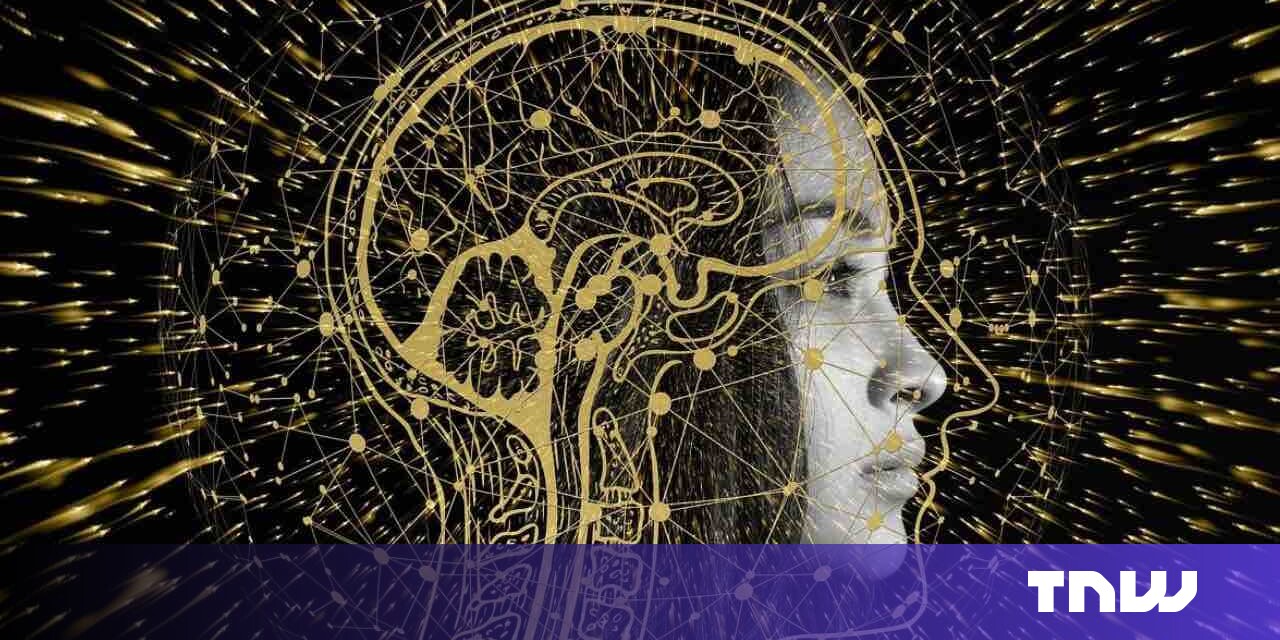AI that creates digital twins of patients can predict future diseases

[ad_1]
An AI tool that creates digital twins of patients can predict our future health, according to a new study.
Named Foresight, the tool uses generative pre-trained transformers, the same family of large language models (LLMs) used by ChatGPT.
Researchers in the UK first trained the models on medical records. Next, they fed their tool fresh healthcare data to produce virtual duplicates of patients.
Finally, the digital twins forecast various outcomes, from disease development to medication needs.
Scientists are particularly excited about the prospect of accelerating diagnosis.
When applied to US data, the digital twins correctly identified the next condition of patients next condition with 88% accuracy.
It was less effective, however, on British data. Using information from two National Health Trust (NHS) organisations, the tool accurately predicted subsequent conditions 68% and 76% of the time.
Nonetheless, the researchers believe the digital twins can guide diagnoses, treatment, and clinical research.
Study co-author James Teo, director of data science and AI at King’s College Hospital, believes the forecasts represent “possible multiverses” to understanding diseases.
“Our generative AI produces forecasts from text in health record across any disorder, test, medication, treatment or complication across all disease groups into the future,” he said on X.
“This patient digital twin can provide insights and “what if” scenarios.”
Before the tech is unleashed in the wild, further tweaks and tests are essential. But the researchers are making progress on those fronts.
They’re already working on “a more accurate” tool: Foresight 2. You can read the study findings on their original in Lancet Digital Health.
[ad_2]
Source link






